Panasonic Lumix G Vario 12-60mm F/35-56 Power Ois Review
Despite their shared zoom range, the Panasonic Leica 12-60mm and Lumix 1000 12-60mm are actually very different products. The former is a premium zoom whose optical quality is sufficient even for professional purposes, whereas the latter is more easily defined as a kit lens and is likely to exist the first zoom a beginner will own.
Since many of our readers have been asking whether it makes sense to upgrade to the Pana-Leica version from the Lumix lens, we decided to compile a full comparison to show the differences in build quality, sharpness, bokeh, stabilisation and more than between them. Let's get started!
Ethics statement:The PanaLeica 12-60mm and Lumix M 12-60mm were sent to us by Panasonic for ii weeks. Nosotros were non asked to write anything well-nigh the lenses, nor were we provided with any sort of compensation. Inside the article, there are affiliate links. If you lot buy something subsequently clicking the link, we will receive a small commission. To know more than about our ethics, y'all can visit our full disclosure page. Thank you!
[toc heading_levels="ii″]
Primary Specifications
Leica DG Vario-Elmarit 12-60mm f/2.eight-iv.0
- Mount: Micro Iv Thirds
- Focal length: 12-60mm (24-120mm in 35mm equivalent terms)
- Lens configuration: xiv elements in 12 groups (four aspherical lenses, 2 ED lenses)
- Lens coating: Nano surface blanket
- Bending of view: 84° (wide) or 20°(tele)
- Minimum focusing altitude: 20cm (wide) or 24cm (tele)
- Magnification: 0.3x
- Discontinuity blades: 9 circular diaphragm blades
- Aperture range: 2.8 to 22 (broad) or four to 22 (tele)
- Filter diameter: 62mm
- Weather-sealing: Aye (dust, splash and freeze proof)
- Optical stabilisation: Yes (Ability O.I.S.)
- Dimensions: 86mm ten 68.4mm
- Weight: 320g
Lumix One thousand 12-60mm f/3.5-v.6
- Mount: Micro Four Thirds
- Focal length: 12-60mm (24-120mm in 35mm equivalent terms)
- Lens configuration: 11 elements in ix groups (3 aspherical lenses, 1 ED lens)
- Lens blanket: N/A
- Angle of view: 84° (wide) or 20° (tele)
- Minimum focusing distance: 20cm (wide) or 25cm (tele)
- Magnification: 0.27x
- Aperture blades: seven circular diaphragm blades
- Aperture range: 3.5 to 22 (wide) or 5.6 to 22 (tele)
- Filter bore: 58mm
- Weather-sealing: Aye (dust and splash proof)
- Optical stabilisation: Yes (Power O.I.South.)
- Dimensions: 71mm x 66mm
- Weight: 210g
Blueprint and Ease of Apply
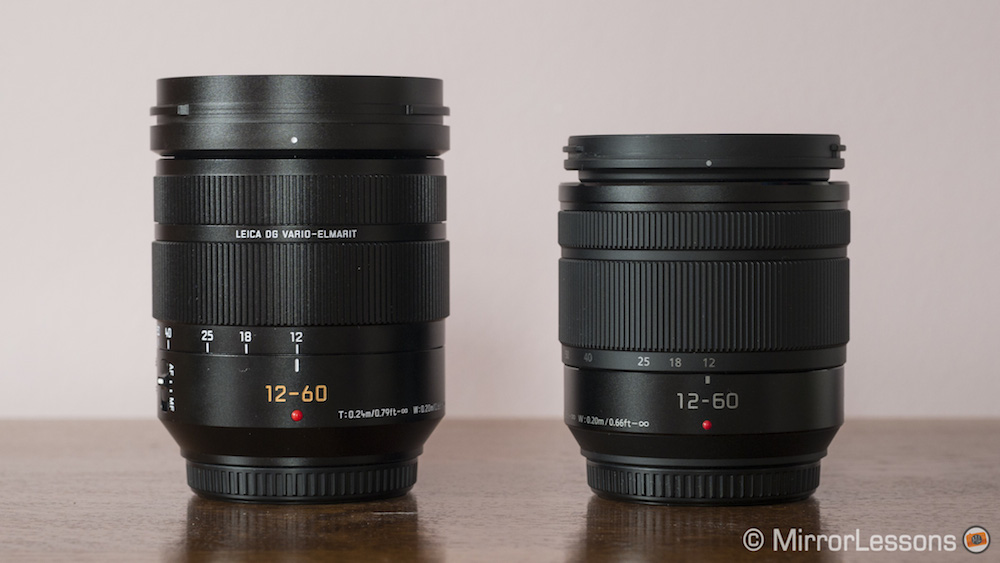
Check cost of the Lumix 12-60mm on B&H Photo.
The Pana-Leica, being the more than expensive product, features a solid metal butt that is not merely dust and splash proof merely also freeze-proof down to -x℃, whereas the Lumix is primarily constructed of high-course plastics and is merely weather-sealed against grit and moisture.
Although both are small-scale and lite plenty to be a good match for most mid-to-large sized Micro 4 Thirds bodies, the Pana-Leica'due south wider barrel may extend beyond the bottom of some smaller models, making it difficult (if not impossible) to mount the camera on a tripod. The Lumix'southward barrel, on the other hand, is smaller and will only overwhelm the smallest of bodies such equally the now-defunct GM series.
The Pana-Leica remains a lilliputian taller than its sibling no thing if the zoom is retracted or extended. The Pana-Leica is too the heavier of the 2 by just over 100g, which can brand a departure after a long twenty-four hour period of shooting.
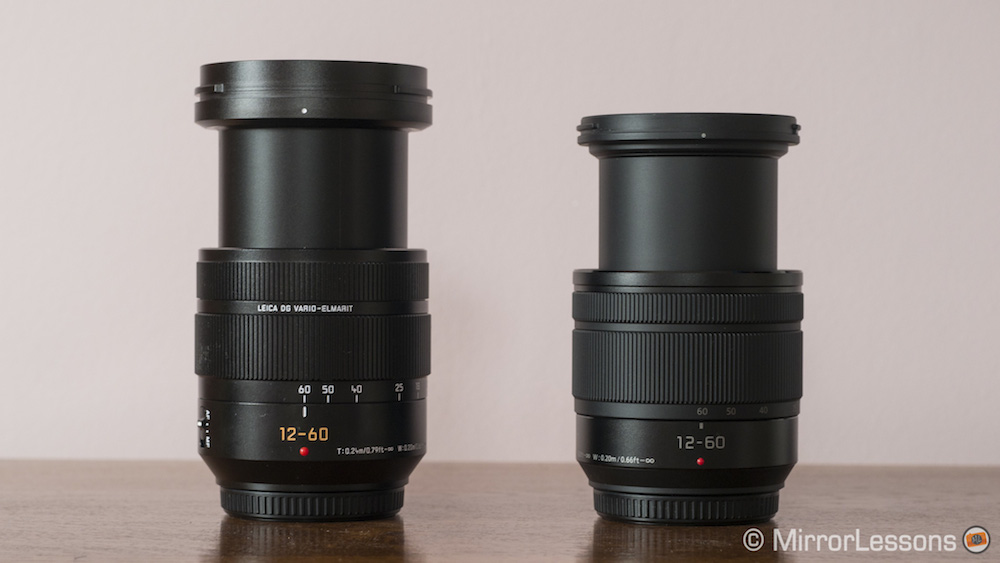
Both zooms take a variable aperture: 2.eight to 4 on the Pana-Leica and 3.5 to 5.6 on the Lumix. This means that the erstwhile is slightly more than versatile in depression-calorie-free situations and tin can create more shallow depth of field when set to the same focal length as the Lumix.
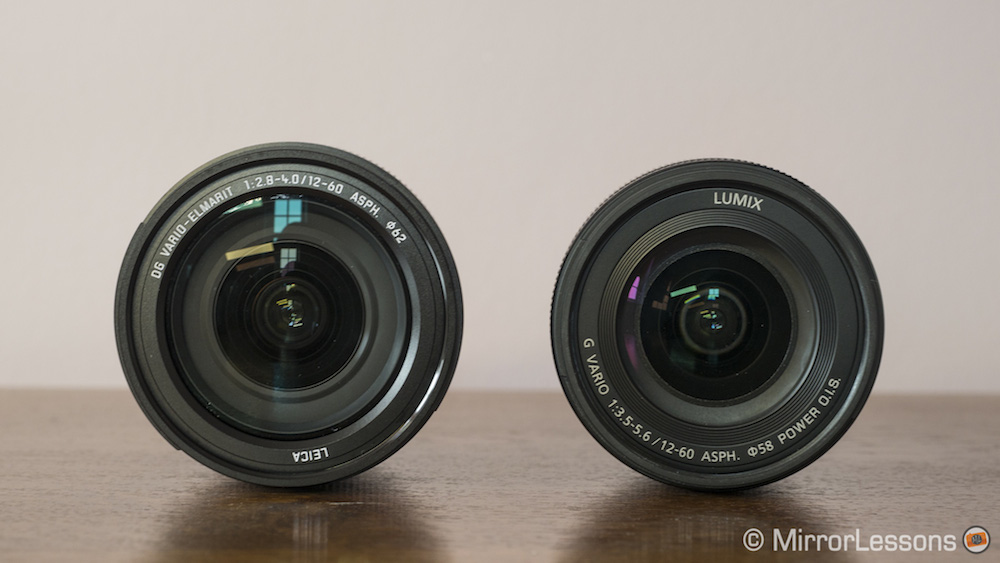
Turning to the features on the barrel, nosotros find two handy switches on the Pana-Leica: one to switch between AF/MF and the other for Power O.I.S. On/Off. The Lumix, being the cheaper lens, is completely devoid of switches on the barrel.
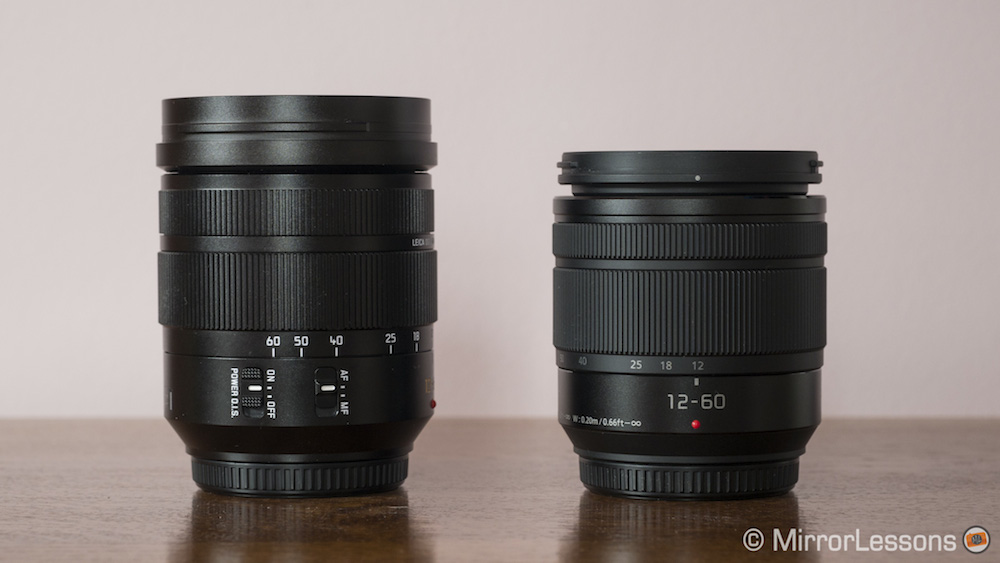
Although the ribbed zoom and fly-by-wire focus rings of both lenses are smoothen with a adept amount of torque, those of the Pana-Leica definitely take a more than premium feel. The focal lengths are clearly and accurately marked on both lenses.
A plastic petal-shaped lens hood and a clip-on lens cap as well accompany the two zooms. The hood of the Leica 12-60mm has an unlock push to disassemble it.
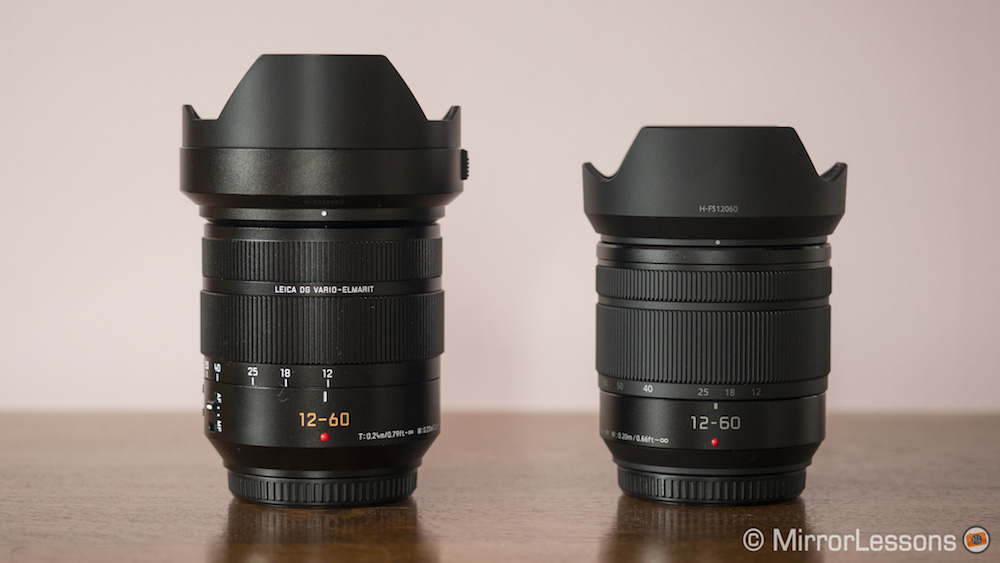
Optical Quality – Through the lens


The Pana-Leica is a premium standard zoom, and for this reason, has been designed to deliver the best optical quality possible. Tin the Lumix lens compete with its more than expensive sibling? Allow's discover out beneath!
Sharpness
To compare the sharpness of the two zooms, I took a series of comparative images at a long and close working distance at all the fundamental focal lengths: 12mm, 25mm, 40mm and 60mm.
Looking at the center sharpness of images taken at a distance at 12mm and 25mm, we tin come across that the results are surprisingly close at all aperture values with acme performance occurring betwixt f/4 and f/5.vi. Perchance the but small affair worth noting is that the Pana-Leica at f/2.eight is but every bit sharp as the Lumix at f/3.5 at 12mm.



At 40mm and 60mm, the Pana-Leica seems to take a very slight reward, specially at f/five.6, but it is barely noticeable.


As for the corners, the results at 12mm are once once again very close, fifty-fifty when the 2 lenses are set up to their respective fastest apertures. From 25mm the Pana-Leica becomes a niggling sharper than the Lumix and this tendency continues up to 40mm and 60mm.





The biggest deviation betwixt the 2 lenses is seen at 12mm and a short working distance, where the Pana-Leica delivers noticeably sharper results across the frame at all aperture values.


However, the Pana-Leica's reward diminishes as you zoom in to 25mm, 40mm and 60mm. At these values, the results are more or less identical.



All things considered, I was quite surprised at how well the Lumix lens performed against the high-terminate Pana-Leica. Its only weak points appears to be sharpness at a close focusing altitude at its widest angle and corner sharpness at 25mm, 40mm and 60mm. Otherwise, you would accept a difficult time distinguishing the 2 without the assistance of metadata.
Bokeh


The out-of-focus rendering is another important aspect photographers consider when buying a lens, although in the case of these two 12-60mm zooms, you won't be able to achieve much background blur unless you choose the fastest aperture possible and focus very close, or shoot at the telephoto end (50mm or 60mm).
Since the Pana-Leica has a maximum aperture of f/two.viii at 12mm and f/iv at 60mm (versus the f/iii.5 and f/5.half-dozen apertures of the Lumix), you can utilize it to reach a slightly softer groundwork, bigger specular highlights, and a niggling more subject separation as shown in the examples below.




You volition besides notice both lenses produce specular highlights with a singled-out border and a mild "onion ring" effect. Those of the Pana-Leica are slightly rounder at the centre but both begin to lose their shape the closer they get to the edges and corners.


Flare and Chromatic Abnormality
It isn't uncommon to encounter flare when using these lenses, though it is more pronounced on the Pana-Leica. Below you tin can detect the worst examples I encountered during my testing flow. Keep in mind that you tin usually reduce its severity by tilting your lens up or down a few millimetres.


Chromatic aberration is very well controlled on both lenses. In fact, with the Pana-Leica, you'll only notice information technology in certain extreme backlit situations if yous zoom into the corners at 200%.

With the Lumix, I only came across 1 very mild example of imperial fringing along the eye of a butterfly I photographed on a sunny day in Wales.


Vignetting and Baloney
Moderate vignetting (corner shading) is noticeable up to f/five.6 with both lenses at all focal lengths, whereas barrel baloney is by and large visible at the widest angle of 12mm. Both problems tin be corrected with a post-product software such as Lightroom.
Stabilisation
The Pana-Leica and Lumix both come up with congenital-in optical stabilisation which Panasonic calls Ability O.I.S. Information technology works well on both lenses but the Pana-Leica seems to have a articulate advantage when you use the optical stabilisation on its ain on a not-stabilised Panasonic Lumix body or an Olympus photographic camera.
For example, when using the Olympus OM-D E-M1 with its in-body stabilisation deactivated, I was able to take sharp shots at shutter speeds as dull equally:
- 1s at 12mm | 0.4s at 60mm with the Pana-Leica


- 0.4s at 12mm | 1/10s at 60mm with the Lumix


Pair the lenses with the Dual I.S. (combined optical and sensor stabilisation) of select Lumix cameras and y'all tin can attain practiced results down to around 1s with both lenses:
- 1.6s at 12mm | 1s at 60mm with the Pana-Leica


- 1s at 12mm | 1s at 60mm with the Lumix


Naturally, your results will depend on many factors beyond just the innate capabilities of the lens, including how much slumber you got the nighttime earlier and how much coffee you've had to beverage, so don't accept my results as gospel. You may observe you lot tin can do even ameliorate!
Autofocus and Manual Focus
As always, there is very little to declare when talking nearly the autofocus performance of today's Micro 4 Thirds lenses. Both zooms are very quick and silent in S-AF and C-AF on the latest Micro Iv Thirds bodies. This applies regardless of whether y'all are shooting stills or video. Furthermore they perform a polish aperture change when zooming in or out (when using the fastest apertures) during picture recording to avoid sudden jumps in exposure.
Between the ii, information technology is easier to make precise transmission adjustments during moving-picture show recording with the Pana-Leica thank you to the smooth notwithstanding sturdy metal focus ring.
Minimum Focus Distance
The ii lenses share the same minimum focus altitude of 20cm at the widest angle, whereas at the telephoto finish, the Pana-Leica tin can get one centimetre closer at 24cm. The maximum magnification is likewise different: 0.3x for the PanaLeica versus 0.27x for the Lumix.
To encounter what divergence this makes in the existent world, nosotros took two series of shots of a Chinese doll, first at 12mm and again at 60mm. At the widest angle, there isn't a relevant difference between the two, while at 60mm, we can come across that the PanaLeica allows you lot to get a little closer.
Decision
I've saved what is probably the most meaning difference for the conclusion: the price. At nearly $1000, the Pana-Leica 12-60mm is twice as expensive as the Lumix 12-60mm whose retail price currently hovers just beneath $500.
Personally, I detect the price of the Pana-Leica somewhat exorbitant. Certainly there are some areas where information technology outperforms the Lumix as nosotros've seen throughout this comparing – with sharpness at a shut distance/12mm being the best example – only very rarely does it put the cheaper lens to shame. Sharpness is very like in most situations, both accept weather-proofing and good optical stabilisation, and the focal range is identical.
If you already ain the Lumix 12-60mm, regardless of whether it was bought in a camera parcel or separately, my advice would be to proceed it and invest in a few good fast aperture primes, as they'll give you what neither the Lumix nor Pana-Leica can: a very pleasant bokeh, good subject separation, and the possibility to keep your ISO values down in low-light situations.
And if y'all don't own either lens? In this case besides, I would still suggest the Lumix lens to nearly users, especially if you lot plan on adding other lenses (especially fast primes) to your arsenal later on that can compensate for the Lumix'due south lack of a fast discontinuity.
The Pana-Leica is more than appropriate if you're looking for i high quality, all-purpose zoom for 90% of your photography, or if you practice a lot of manual video work and could do good from the polish focus and zoom rings.
Finally, I should mention that if you buy the Lumix lens in a bundle with the Lumix G85 (and possibly futurity Lumix cameras), it volition only toll yous $100 more buying the camera body on its ain. It's hard to think of a better bargain than that!
Choose the Pana-Leica 12-60mm if:
- you lot want one high quality standard zoom for 90% of your photography/videography
- yous exercise a lot of manual video work and could do good from the responsive zoom and focus rings
Choose the Lumix 12-60mm if:
- you already own it considering you bought it in a parcel with a Lumix camera
- you are planning to purchase a Lumix camera such as the G85 that happens to be bundled with the Lumix 12-60mm anyway
- yous own a mid-sized Micro 4 Thirds bodies (e.g. GX85 or GX7)
- you lot plan on building up your lens armory with some fast primes that yous can utilize when the Lumix's discontinuity range isn't plenty
- yous are on a budget
Check price of the Panasonic Leica 12-60mm f/two.8-4.0 on
Amazon | Amazon UK | B&H Photo | eBay
Check price of the Panasonic Lumix 12-60mm f/3.v-5.6 on
Amazon | Amazon UK | B&H Photo | eBay
Second-hand Panasonic lenses on
MPB US | MPB United kingdom
You lot may too savor:
- Panasonic Leica 12-60mm f/ii.8-iv.0 vs. Olympus M.Zuiko 12-40mm f/2.eight PRO
Sample Images
Panasonic Leica 12-60mm f/two.8-4.0








Panasonic Lumix 12-60mm f/iii.5-five.six








Source: https://mirrorlesscomparison.com/micro-four-thirds-lenses/panasonic-leica-12-60mm-f2-8-4-0-vs-lumix-g-12-60mm-f3-5-5-6-the-complete-comparison/
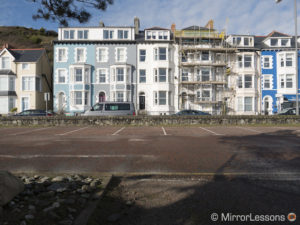
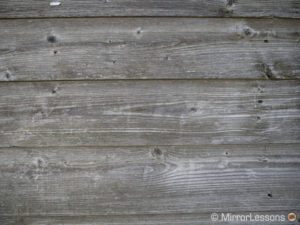
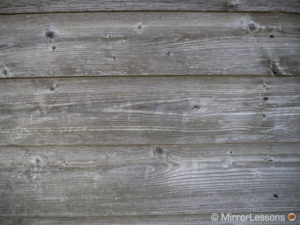
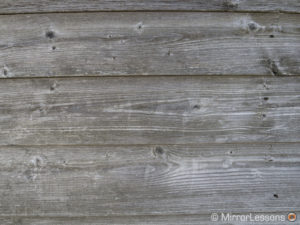
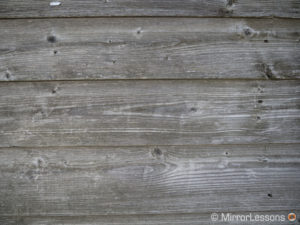
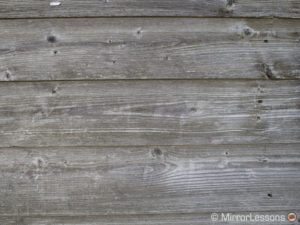




0 Response to "Panasonic Lumix G Vario 12-60mm F/35-56 Power Ois Review"
Postar um comentário